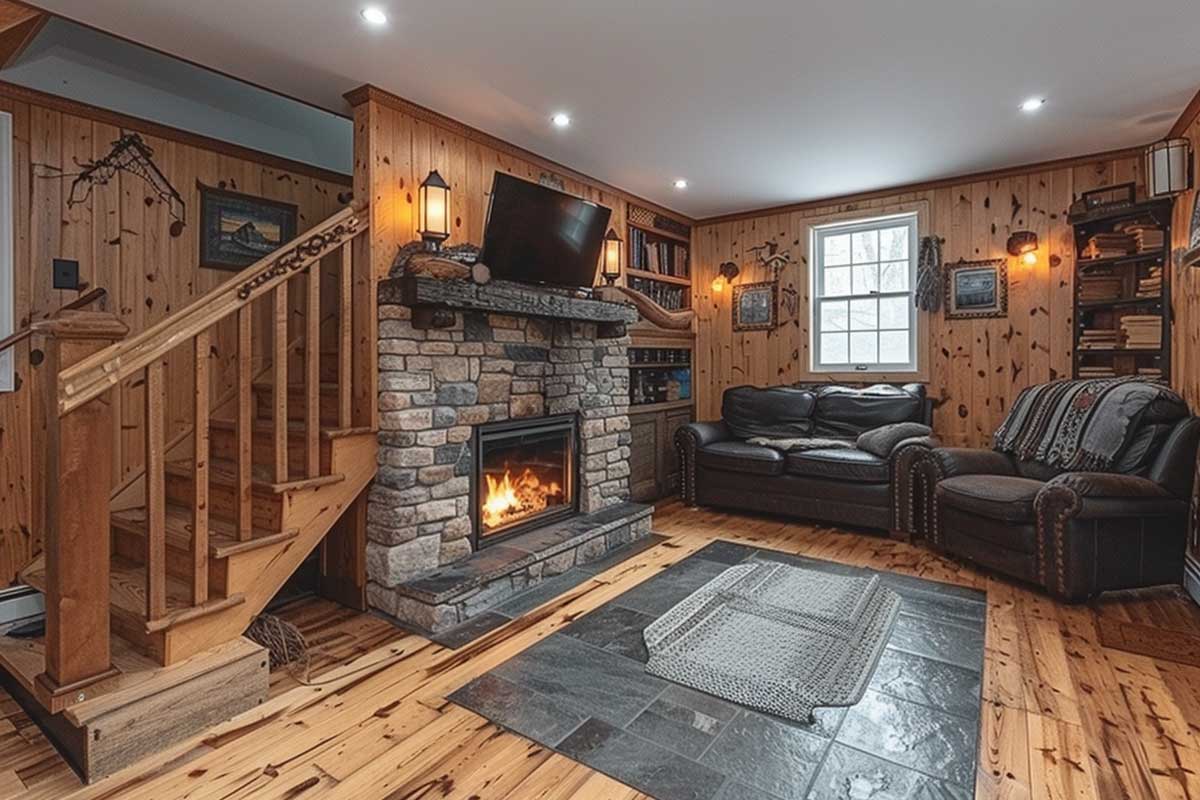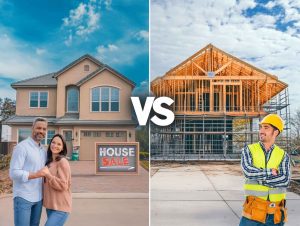What are the advantages and disadvantages of “Live Up Rent Down” in Real Estate?
The “Live Up Rent Down” (LURD) model, also known as “house hacking,” involves homeowners living in one unit of a multi-unit property while renting out the other unit or units. This strategy has gained popularity due to its potential for generating rental income, reducing personal housing costs, and building equity. However, it also comes with its own set of challenges and risks. This blog will delve into the pros and cons of the LURD model, providing a comprehensive analysis to help potential investors make informed decisions. The Live Up Rent Down strategy in real estate has advantages such as generating rental income and potential tax benefits, but it also comes with drawbacks such as increased responsibilities as a landlord and potential market risks.
Pros of Live Up Rent Down
1. Reduced Living Expenses
One of the most significant advantages of the LURD model is the reduction in living expenses. By renting out the other units, homeowners can offset their mortgage payments and other property-related costs. In some cases, the rental income can cover the entire mortgage, effectively allowing the homeowner to live rent-free.
2. Building Equity
Homeowners who use the LURD model can build equity in their property more quickly. The rental income can be applied to the principal mortgage balance, accelerating the equity-building process. Over time, this can lead to substantial financial gains as property values appreciate.
3. Additional Income Stream
Renting out part of your property creates an additional income stream, which can be particularly beneficial in uncertain economic times. This extra income can be used to pay off debt, invest in other opportunities, or improve the property to increase its value further.
4. Tax Benefits
The LURD model offers several tax benefits. Homeowners can deduct expenses related to the rental portion of the property, including mortgage interest, property taxes, maintenance costs, and depreciation. These deductions can significantly reduce taxable income, resulting in substantial tax savings.
5. Learning Landlord Skills
Managing a rental property while living on-site provides an excellent opportunity to learn the ins and outs of being a landlord. Homeowners gain hands-on experience in property management, tenant relations, and maintenance, which can be invaluable if they choose to invest in more rental properties in the future.
6. Increased Property Value
Improving and maintaining the rental units can increase the overall value of the property. High-quality, well-maintained rental units can attract reliable tenants and command higher rents, enhancing the property’s appeal and profitability.
Cons of Live Up Rent Down
1. Initial Investment and Financing Challenges
Purchasing a multi-unit property typically requires a larger initial investment compared to single-family homes. The higher purchase price and the need for a larger down payment can be a barrier for some potential homeowners. Additionally, securing financing for a multi-unit property can be more complex and may come with higher interest rates.
2. Property Management Responsibilities
Being a landlord comes with significant responsibilities. Homeowners must manage tenant issues, handle maintenance and repairs, and ensure compliance with local rental laws. This can be time-consuming and stressful, particularly for those with little experience in property management.
3. Tenant Risks
Renting out part of your property introduces the risk of problem tenants. Issues such as late rent payments, property damage, and disputes can create financial and emotional stress. Proper tenant screening and management practices are essential to mitigate these risks, but they cannot be eliminated entirely.
4. Privacy Concerns
Living in close proximity to tenants can lead to privacy concerns. Homeowners must balance their need for personal space with the demands of managing rental units. This can be particularly challenging in properties with shared common areas.
5. Maintenance and Upkeep Costs
Maintaining a multi-unit property can be more expensive and time-consuming than maintaining a single-family home. Landlords are responsible for ensuring that rental units are in good condition, addressing repairs promptly, and complying with local housing codes. These costs can add up, particularly in older properties.
6. Market Fluctuations
Real estate markets can be volatile, and rental income is not guaranteed. Economic downturns, changes in local rental demand, and other market factors can impact rental income and property values. Homeowners must be prepared for these fluctuations and have a financial buffer in place to manage potential downturns.
Practical Considerations for Live Up Rent Down
1. Location
The success of the LURD model depends heavily on location. Properties in high-demand rental markets with strong job growth, good schools, and desirable amenities are more likely to attract reliable tenants and command higher rents. Thorough research and market analysis are essential when selecting a property.
2. Property Type and Condition
The type and condition of the property are critical factors to consider. Multi-unit properties, such as duplexes, triplexes, and fourplexes, are ideal for the LURD model. The property’s condition will also impact maintenance costs and tenant satisfaction. Investing in a property that requires minimal immediate repairs and updates can reduce initial expenses and improve profitability.
3. Financing Options
Exploring different financing options is crucial when purchasing a multi-unit property. Options such as conventional, non-conventional, residential, or commercial mortgages all have different requirements and benefits. Working with a knowledgeable mortgage broker can help identify the best financing option based on individual financial circumstances and goals.
4. Legal and Regulatory Compliance
Landlords must comply with local, provincial, and federal rental laws. This includes understanding tenant rights, lease agreements, eviction procedures, and fair housing regulations. Consulting with a real estate attorney or property management professional can ensure compliance and avoid legal issues.
5. Property Management
Effective property management is key to the success of the LURD model. This includes tenant screening, lease management, rent collection, maintenance, and addressing tenant concerns. Homeowners must decide whether to manage the property themselves or hire a professional property management company. While self-management can save money, it requires time and expertise.
6. Insurance
Adequate insurance coverage is essential for protecting both the homeowner and the property. Landlord insurance policies typically cover property damage, liability, and loss of rental income. It’s important to understand the coverage options and ensure that the policy meets the specific needs of a multi-unit rental property.
Conclusion
The Live Up Rent Down model offers a unique opportunity for homeowners to reduce living expenses, build equity, and generate additional income. However, it also comes with significant responsibilities and risks. By carefully considering the pros and cons, conducting thorough research, and planning meticulously, potential investors can make informed decisions and maximize the benefits of this real estate strategy.
Ultimately, the success of the LURD model depends on various factors, including location, property type, market conditions, and the homeowner’s ability to manage the property effectively. For those willing to take on the challenges, the rewards can be substantial, paving the way for financial stability and long-term wealth creation in the real estate market.






